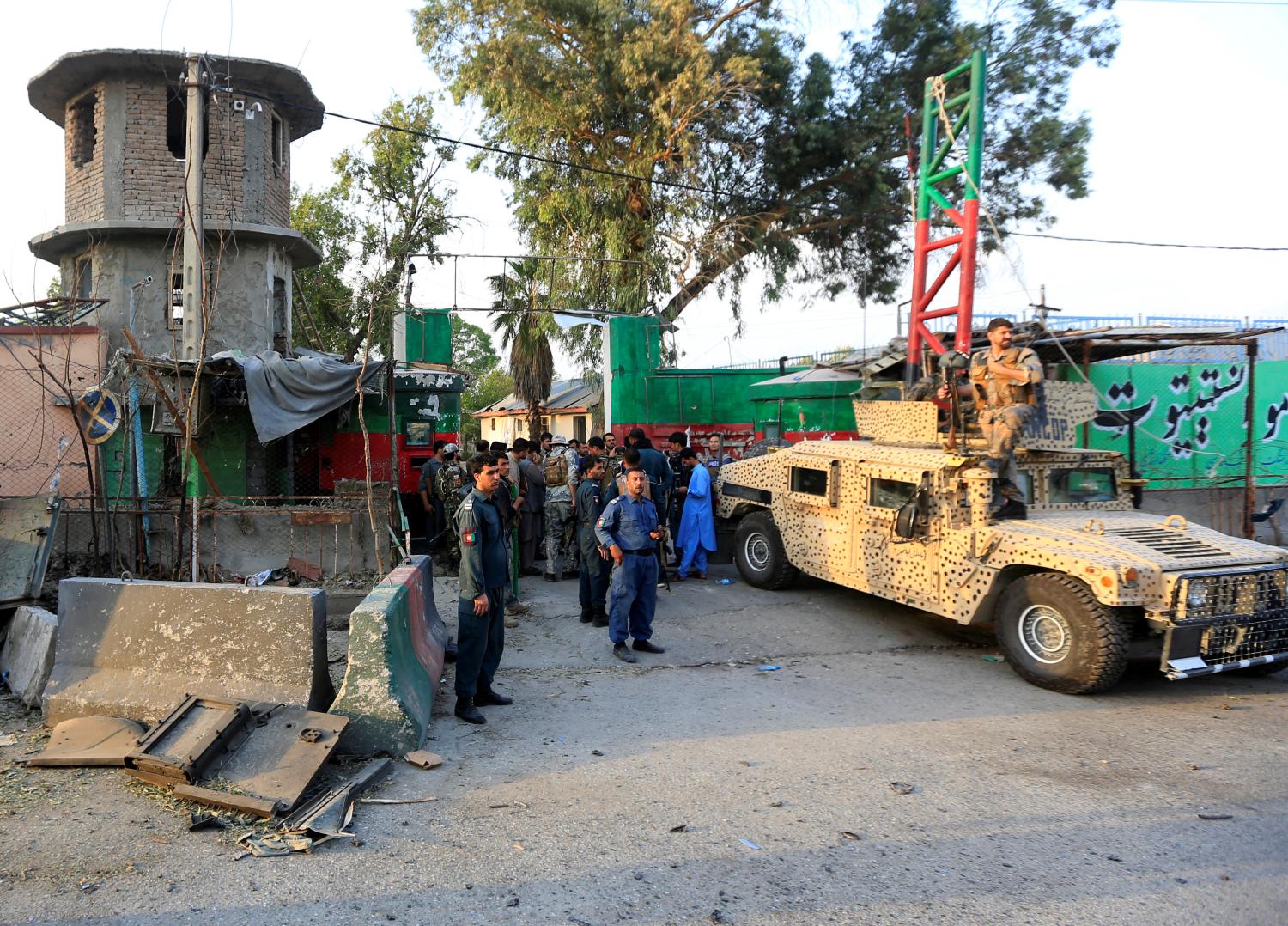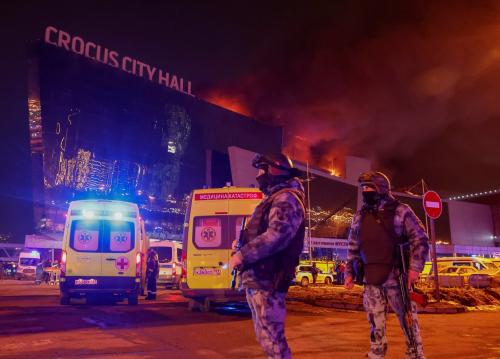Introduction
The Brookings Afghanistan Index presents numerical information on a range of security, economic, and political indicators of pertinence to the future of that country as well as the U.S. role within it. The Index was originally created in the early years of the 2000s, after a U.S.-led coalition overthrew the Taliban, pursued al-Qaida in the region, and sought to help Afghans build a state that could keep such extremist groups from regaining major footholds in the future. Our goal, then and now, is to present a wide enough array of information to gauge many aspects of the effort, without swamping a reader in so much detail or arcana as to obscure attention to the big-picture policy questions facing the United States and its allies and partners there.
No compilation of statistics can ever convey whether a counterinsurgency campaign is being won or lost, and whether a country is managing to stabilize itself or not. This lesson was learned in Vietnam and must never be forgotten. But careful compilation and study of metrics, recognizing the uncertainties and complexities of the data going into them, can nonetheless provide grist for policy debates — and keep those policy debates grounded in empirical reality. As the data show, Afghanistan remains a violent, impoverished, and unsettled place — but nonetheless a country considerably better off by most measures than it was in 2001, and hosting a far smaller U.S. and NATO troop presence than was present at most times over the past two decades.
Key figures
Rachel Slattery performed graphic design for this report.
The Brookings Institution is committed to quality, independence, and impact.
We are supported by a diverse array of funders. In line with our values and policies, each Brookings publication represents the sole views of its author(s).




